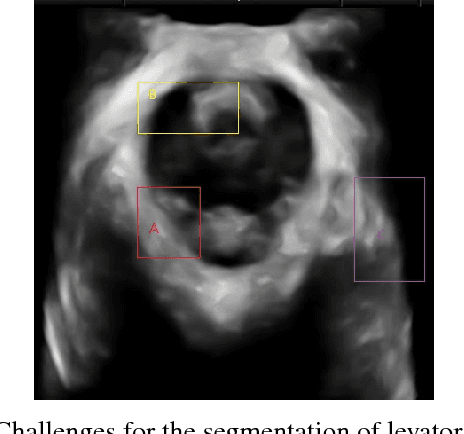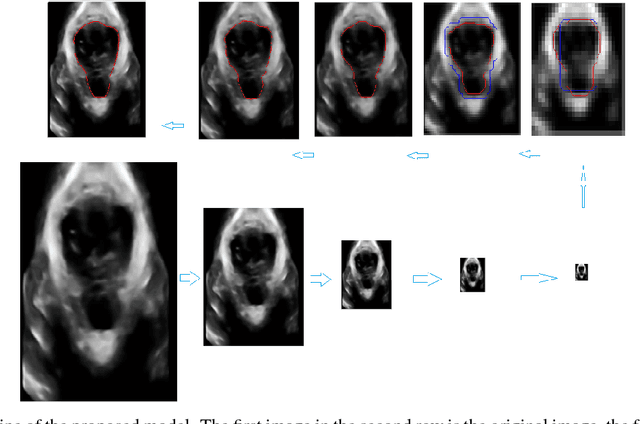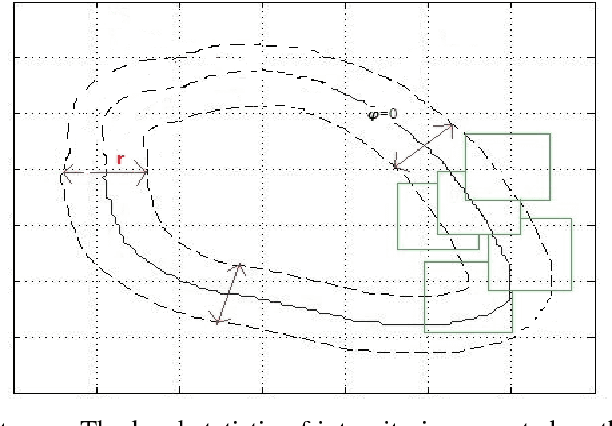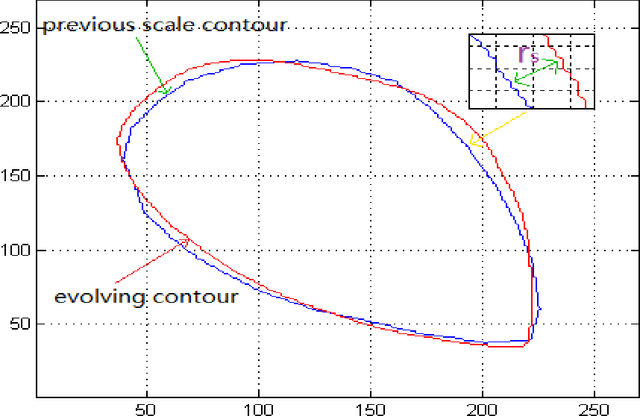Rongqin Zheng
UFNRec: Utilizing False Negative Samples for Sequential Recommendation
Aug 08, 2022Abstract:Sequential recommendation models are primarily optimized to distinguish positive samples from negative ones during training in which negative sampling serves as an essential component in learning the evolving user preferences through historical records. Except for randomly sampling negative samples from a uniformly distributed subset, many delicate methods have been proposed to mine negative samples with high quality. However, due to the inherent randomness of negative sampling, false negative samples are inevitably collected in model training. Current strategies mainly focus on removing such false negative samples, which leads to overlooking potential user interests, lack of recommendation diversity, less model robustness, and suffering from exposure bias. To this end, we propose a novel method that can Utilize False Negative samples for sequential Recommendation (UFNRec) to improve model performance. We first devise a simple strategy to extract false negative samples and then transfer these samples to positive samples in the following training process. Furthermore, we construct a teacher model to provide soft labels for false negative samples and design a consistency loss to regularize the predictions of these samples from the student model and the teacher model. To the best of our knowledge, this is the first work to utilize false negative samples instead of simply removing them for the sequential recommendation. Experiments on three benchmark public datasets are conducted using three widely applied SOTA models. The experiment results demonstrate that our proposed UFNRec can effectively draw information from false negative samples and further improve the performance of SOTA models. The code is available at https://github.com/UFNRec-code/UFNRec.
C$^2$-Rec: An Effective Consistency Constraint for Sequential Recommendation
Dec 13, 2021



Abstract:Sequential recommendation methods play an important role in real-world recommender systems. These systems are able to catch user preferences by taking advantage of historical records and then performing recommendations. Contrastive learning(CL) is a cutting-edge technology that can assist us in obtaining informative user representations, but these CL-based models need subtle negative sampling strategies, tedious data augmentation methods, and heavy hyper-parameters tuning work. In this paper, we introduce another way to generate better user representations and recommend more attractive items to users. Particularly, we put forward an effective \textbf{C}onsistency \textbf{C}onstraint for sequential \textbf{Rec}ommendation(C$^2$-Rec) in which only two extra training objectives are used without any structural modifications and data augmentation strategies. Substantial experiments have been conducted on three benchmark datasets and one real industrial dataset, which proves that our proposed method outperforms SOTA models substantially. Furthermore, our method needs much less training time than those CL-based models. Online AB-test on real-world recommendation systems also achieves 10.141\% improvement on the click-through rate and 10.541\% increase on the average click number per capita. The code is available at \url{https://github.com/zhengrongqin/C2-Rec}.
Segmentation of Levator Hiatus Using Multi-Scale Local Region Active contours and Boundary Shape Similarity Constraint
Jan 11, 2019



Abstract:In this paper, a multi-scale framework with local region based active contour and boundary shape similarity constraint is proposed for the segmentation of levator hiatus in ultrasound images. In this paper, we proposed a multiscale active contour framework to segment levator hiatus ultrasound images by combining the local region information and boundary shape similarity constraint. In order to get more precisely initializations and reduce the computational cost, Gaussian pyramid method is used to decompose the image into coarse-to-fine scales. A localized region active contour model is firstly performed on the coarsest scale image to get a rough contour of the levator hiatus, then the segmentation result on the coarse scale is interpolated into the finer scale image as the initialization. The boundary shape similarity between different scales is incorporate into the local region based active contour model so that the result from coarse scale can guide the contour evolution at finer scale. By incorporating the multi-scale and boundary shape similarity, the proposed method can precisely locate the levator hiatus boundaries despite various ultrasound image artifacts. With a data set of 90 levator hiatus ultrasound images, the efficiency and accuracy of the proposed method are validated by quantitative and qualitative evaluations (TP, FP, Js) and comparison with other two state-of-art active contour segmentation methods (C-V model, DRLSE model).
 Add to Chrome
Add to Chrome Add to Firefox
Add to Firefox Add to Edge
Add to Edge